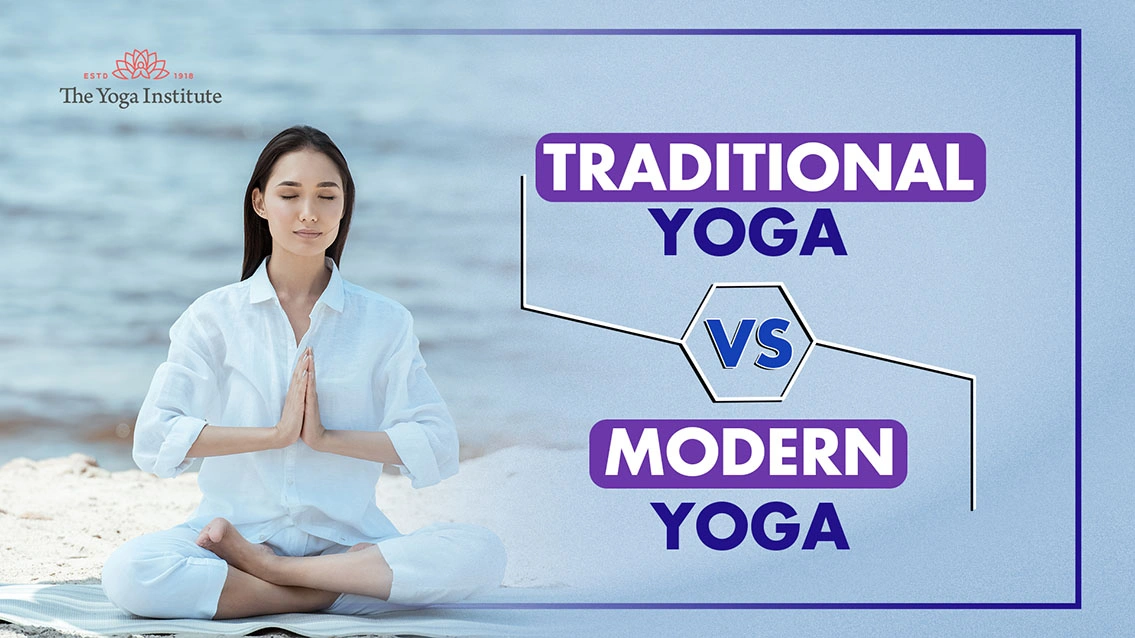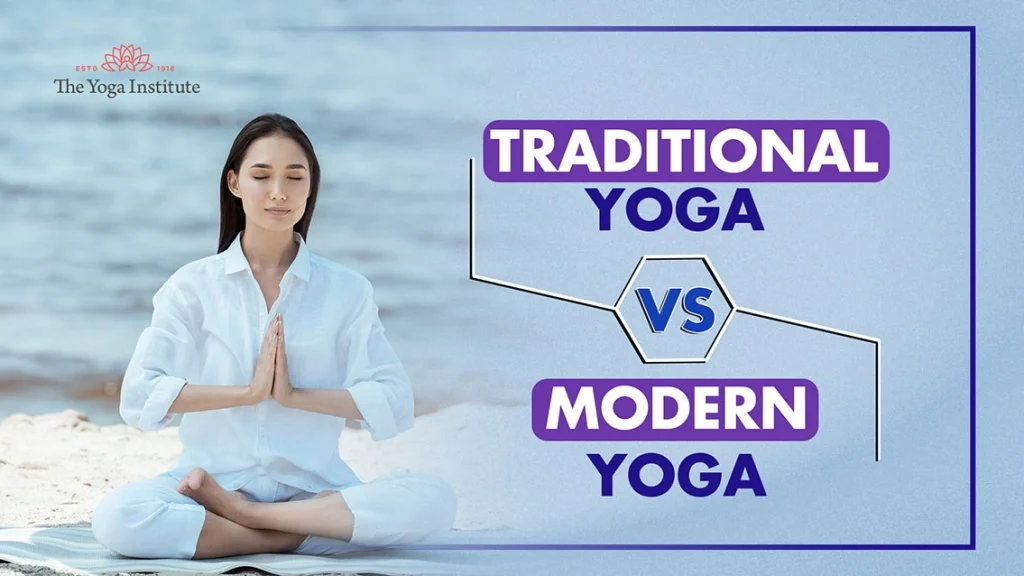
Yoga has gained immense fashionability worldwide as a holistic approach to physical and internal well- being. Among the different types of yoga, Power Yoga and Traditional Yoga stand out as two distinct styles. But how do you know which bone is right for you? In this blog, we will break down the crucial differences between Power Yoga and Traditional Yoga, their benefits, and which one may suit your life and fitness pretensions more.
What’s Power Yoga?
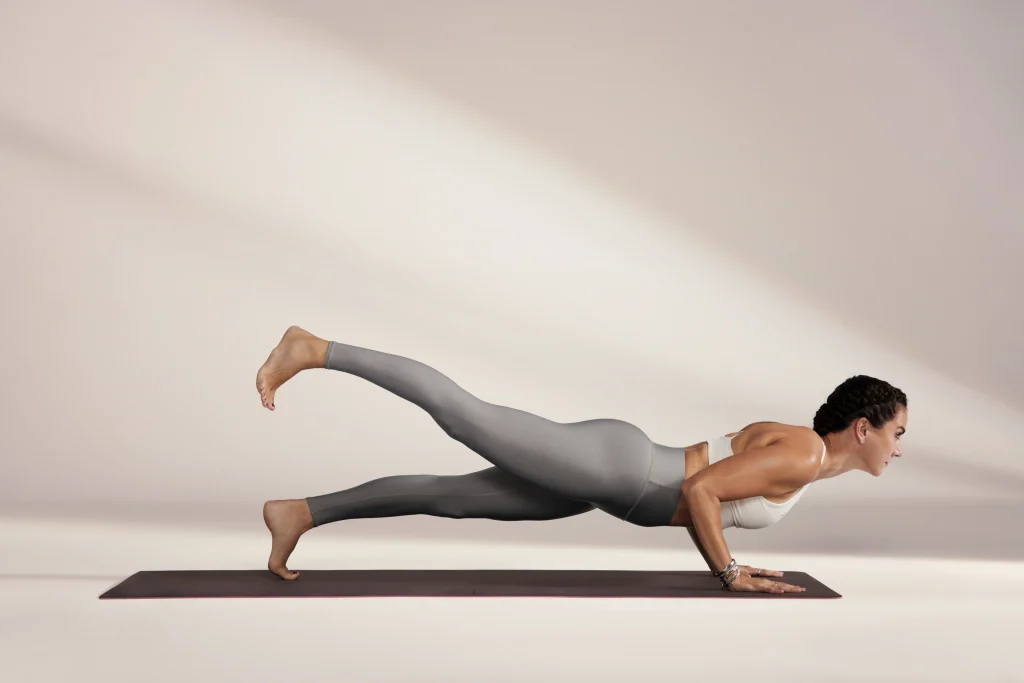
Power Yoga is an ultramodern, fast- paced style of yoga that combines traditional acts with dynamic movements. It’s frequently considered a more violent drill, fastening on strength, inflexibility, and abidance. Unlike Traditional Yoga, which follows a structured inflow, Power Yoga allows further inflexibility in sequences and frequently includes rudiments of cardiovascular exercise.
Crucial Features of Power Yoga
- High- intensity movements that elevate heart rate
- Strength- structure acts that engage core and muscles
- nonstop inflow from one disguise to another, maintaining instigation
- lower contemplation, further movement
- Popular in gymnasiums and fitness workrooms
- Increases stamina and promotes calorie burn
Power Yoga is told by Ashtanga Yoga, but it does n’t rigorously follow Ashtanga’s series of postures. rather, preceptors modify the sessions grounded on fitness situations and pretensions. This makes it more adaptable for people looking for a physically engaging experience.
What’s Traditional Yoga?
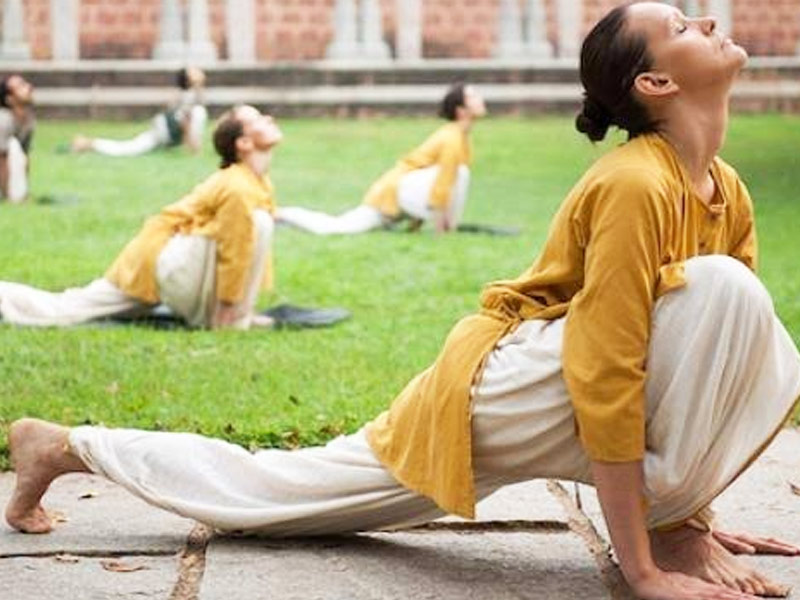
Traditional Yoga refers to the classical forms of yoga, which include Hatha Yoga, Kundalini Yoga, Iyengar Yoga, and others. It focuses on slow movements, breath control( pranayama), and contemplation. Traditional Yoga is n’t just about physical postures; it also emphasizes spiritual growth, relaxation, and awareness.
Crucial Features of Traditional Yoga
- Slow- paced and controlled movements
- Deep focus on breathing ways awareness and contemplation practices
- Focus on inflexibility and inner balance
- Includes chanting and relaxation ways
- Encourages internal clarity and emotional well- being
Unlike Power Yoga, which is further physically violent, Traditional Yoga is designed to enhance mind- body connection and promote overall heartiness rather than just fitness.
Differences Between Power Yoga and Traditional Yoga
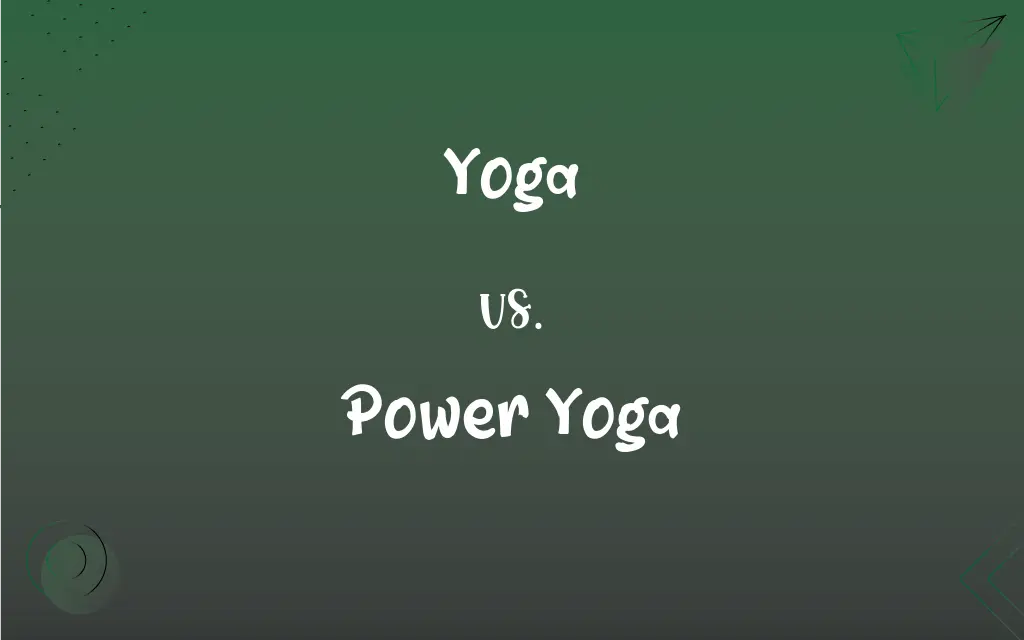
1. Pace
Power Yoga Fast- paced, high energy, and dynamic.
Traditional Yoga Slow, steady, and concentrated on deep breathing.
2. Focus
Power Yoga Strength, stamina, weight loss, and abidance.
Traditional Yoga Inflexibility, relaxation, inner peace, and awareness.
3. Breathing ways
Power Yoga Secondary focus, coordinated with movement.
Traditional Yoga Primary focus, deep breathing practices( pranayama).
4. Spiritual Aspect
Power Yoga lower emphasis on church, more on fitness.
Traditional Yoga Strong focuses on contemplation, awareness, and inner well- being.
5. Felicity
Power Yoga bravery for fitness suckers, weight loss campaigners, and athletes.
Traditional Yoga Ideal for stress relief, internal clarity, inflexibility, and overall health.
6. Terrain
Power Yoga frequently rehearsed in gymnasiums or fitness workrooms with upbeat music.
Traditional Yoga generally rehearsed in yoga workrooms, peaceful spaces, or nature retreats.
Benefits of Power Yoga

Power Yoga might be the right choice for you, If you’re looking for a yoga practice that combines fitness with inflexibility. Then are some of its benefits
1. Builds Strength and Abidance
Power Yoga involves holding grueling acts for longer durations, engaging the core, arms, legs, and back muscles. Over time, this leads to bettered muscular strength and abstinence.
2. Promotes Weight Loss
Since Power Yoga involves constant movement, it increases heart rate, burns further calories, and aids in weight loss and fat reduction. A typical session can burn anywhere between 300- 600 calories, depending on intensity.
3. Enhances Inflexibility
The inflow of movements in Power Yoga stretches the body stoutly, perfecting overall inflexibility and range of stir. This can help help injuries and ameliorate athletic performance.
4. Boosts Cardiovascular Health
Unlike Traditional Yoga, Power Yoga is a more aerobic drill, serving heart health and perfecting stamina. It keeps the heart rate elevated for extended ages, making it excellent for cardiovascular abidance.
5. Relieves Stress While Keeping You Active
Indeed though it’s violent, Power Yoga still includes breathwork and relaxation rudiments, making it a great way to relieve stress while staying active. It releases endorphins, which can enhance mood and reduce anxiety.
Benefits of Traditional Yoga

For those looking for a further holistic and aware approach to yoga, Traditional Yoga offers multitudinous benefits
1. Reduces Stress and Anxiety
Traditional Yoga emphasizes breath control( pranayama) and contemplation, which help calm the mind and reduce stress. Studies show that regular practice can lower cortisol situations( the stress hormone).
2. Improves Inflexibility and Joint Health
The slow, controlled movements allow the body to stretch deeply, perfecting inflexibility and common mobility over time. This is especially salutary for aged grown-ups or those recovering from injuries.
3. Promotes Inner Peace and Mindfulness
By incorporating contemplation and awareness, Traditional Yoga helps interpreters develop a deeper connection with themselves and enhance emotional well- being.
4. Enhances Respiratory Health
Breathing ways used in Traditional Yoga can strengthen the lungs and ameliorate oxygen input and rotation, leading to better overall health and vitality.
5. Supports Overall Health and Well- Being
From lowering blood pressure to perfecting digestion and boosting impunity, Traditional Yoga has long- term health benefits that go beyond just physical fitness.
Which One Should You Choose?
Choosing between Power Yoga and Traditional Yoga depends on your particular pretensions and life. Then’s how to decide
Choose Power Yoga if
- You want a high- intensity drill that keeps you moving.
- Your thing is weight loss, strength structure, or cardiovascular health.
- You prefer a presto- paced, dynamic exercise routine with smaller breaks.
- You enjoy structured but flexible drill sequences.
Choose Traditional Yoga if
- You want to reduce stress, ameliorate inflexibility, and enhance internal clarity.
- You’re looking for a slow, aware, and holistic approach to well- being.
- You enjoy contemplation, breathwork, and spiritual growth.
- You prefer a calm and serene terrain for your practice.
Final studies
Both Power Yoga and Traditional Yoga have their unique benefits. Power Yoga is great for those who want a grueling , calorie- burning drill, while Traditional Yoga is ideal for those seeking relaxation, inflexibility, and awareness. Whether you choose Power Yoga or Traditional Yoga, thickness is crucial. The stylish yoga practice is the bone that aligns with your fitness pretensions and life. Try both and see which bone resonates with you the most! Would you like to explore specific yoga poses for each style?
Source
– https://en.wikipedia.org/wiki/Yoga
– https://www.medicalnewstoday.com/articles/286745
– https://www.hopkinsmedicine.org/health/wellness-and-prevention/9-benefits-of-yoga

